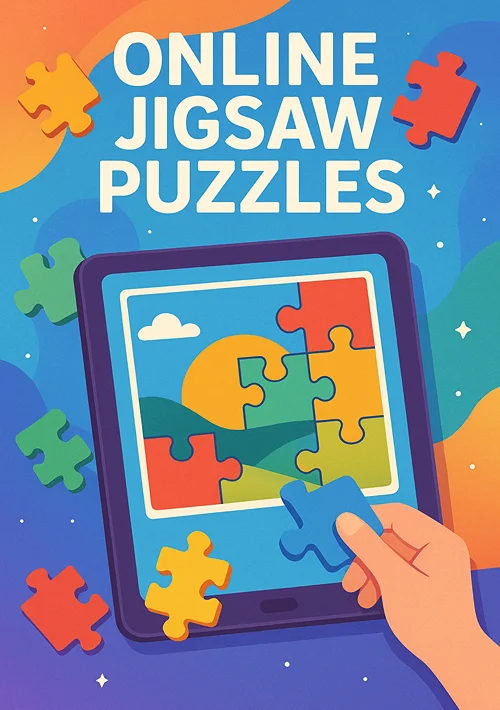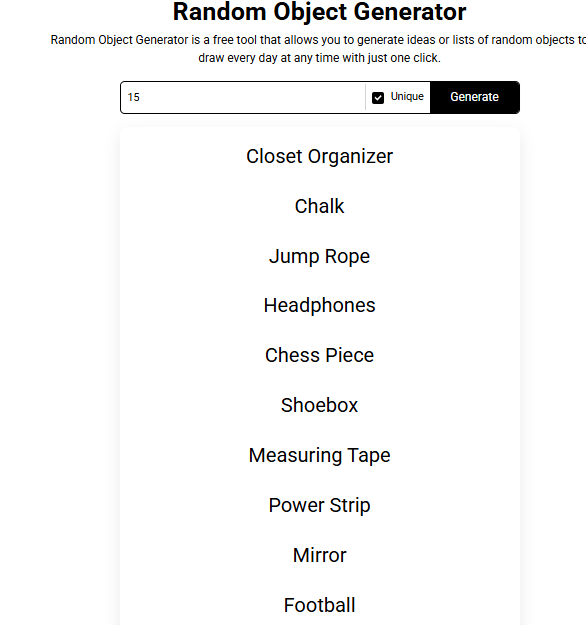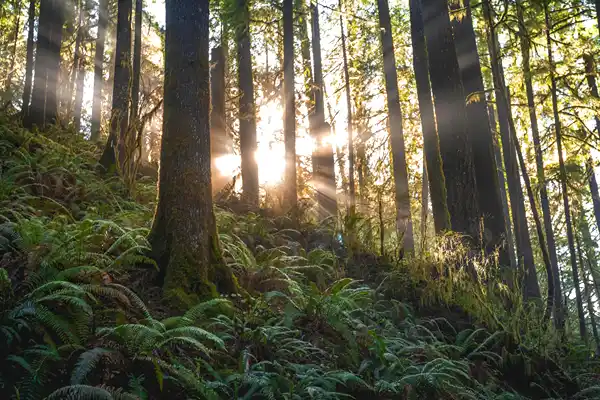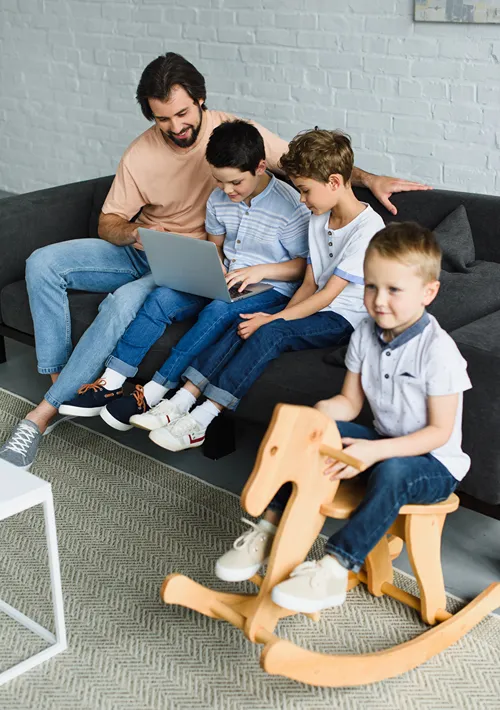From Jigsaw Puzzles to Digital Play: Boosting Your Child’s Focus and Learning
In a world filled with digital distractions, parents often search for activities that are both engaging and genuinely beneficial for their child’s development. It’s a persistent challenge to balance hands-on play with the inevitable allure of screens.
This guide explores how classic activities build crucial skills and how those same principles can translate into positive, safe screen time. While physical jigsaw puzzles are a foundational tool, many parents also seek high-quality digital options.
Family-friendly games from developers like ZiMad a structured way to build similar problem-solving skills in a safe environment. Online jigsaw puzzles bring that same sense of focus and accomplishment to your child’s fingertips—anytime, anywhere. They’re a convenient way to enjoy the benefits of problem-solving play without needing extra space, missing pieces, or cleanup time.
The Timeless Power of Jigsaw Puzzles for Young Minds
Long before becoming a family pastime, jigsaw puzzles were invented in the 1760s as educational tools for teaching geography. This origin highlights their core purpose: they are far more than a way to keep kids busy; they are powerful instruments for strengthening key cognitive functions. The simple, methodical act of sorting pieces and completing an image provides a comprehensive mental workout that directly supports a child’s developmental journey.
Key Developmental Skills Boosted by Puzzles
Engaging with physical jigsaw puzzles help children cultivate a range of essential abilities that serve them well in academic settings and beyond. These core skills include:
- Problem-Solving: Children develop a systematic approach, learning to analyze shapes and patterns to strategize where each piece might fit.
- Fine Motor Skills: Grasping, turning, and precisely placing small pieces is an excellent exercise for hand-eye coordination and pre-writing dexterity.
- Sustained Focus: Completing a puzzle requires patience and concentration, helping to improve a child’s attention span over time.
- Spatial Reasoning: Children build the ability to mentally rotate objects and visualize how individual parts fit together to form a coherent whole.
From the Tabletop to the Tablet: Guiding Safe and Productive Screen Time
Screen time is an unavoidable part of modern childhood, so the focus for parents should shift from complete avoidance to careful, informed selection. The foundational benefits of puzzles—like strategic thinking and sustained attention—are not exclusive to the tabletop. These skills can also be nurtured through thoughtfully designed digital games that challenge a child’s mind.
What Makes a Digital Game “Family-Friendly”?
When choosing digital entertainment, look for games that mirror the positive aspects of traditional play. A truly family-friendly game is characterized by its focus on skill-building, offering challenges that require active thinking rather than passive consumption. Crucially, it must provide a safe, controlled environment free from disruptive ads, inappropriate content, or predatory in-app purchase mechanics. The best digital experiences also offer opportunities for shared play, allowing technology to become a tool for family bonding, much like gathering around a table to complete a puzzle together.
Balancing Activities for Well-Rounded Development
The key to healthy childhood development lies in a balanced routine of diverse activities. The goal isn’t to eliminate screens but to integrate them as a positive and productive part of a child’s learning journey. By mixing hands-on, creative play with high-quality digital experiences, parents can provide a rich environment that supports holistic growth.
Ultimately, whether the activity involves a cardboard puzzle or a family-friendly tablet game, the most significant benefit comes from shared engagement. When parents participate, guide, and celebrate small victories with their children, any activity transforms into a valuable opportunity for connection and learning.













